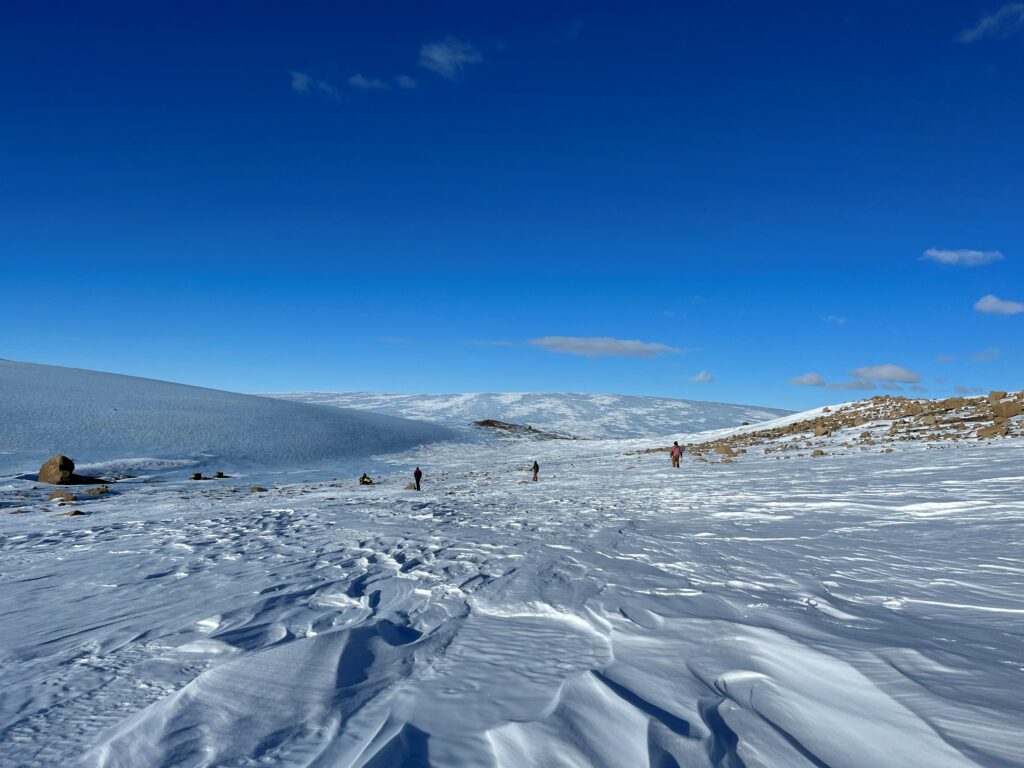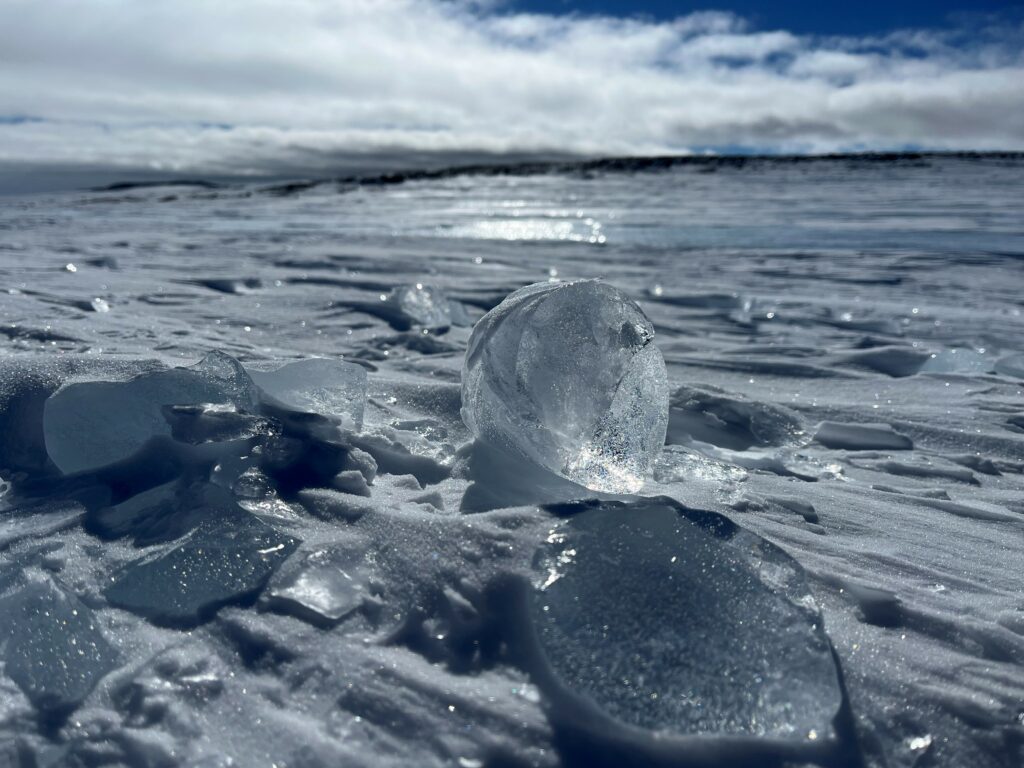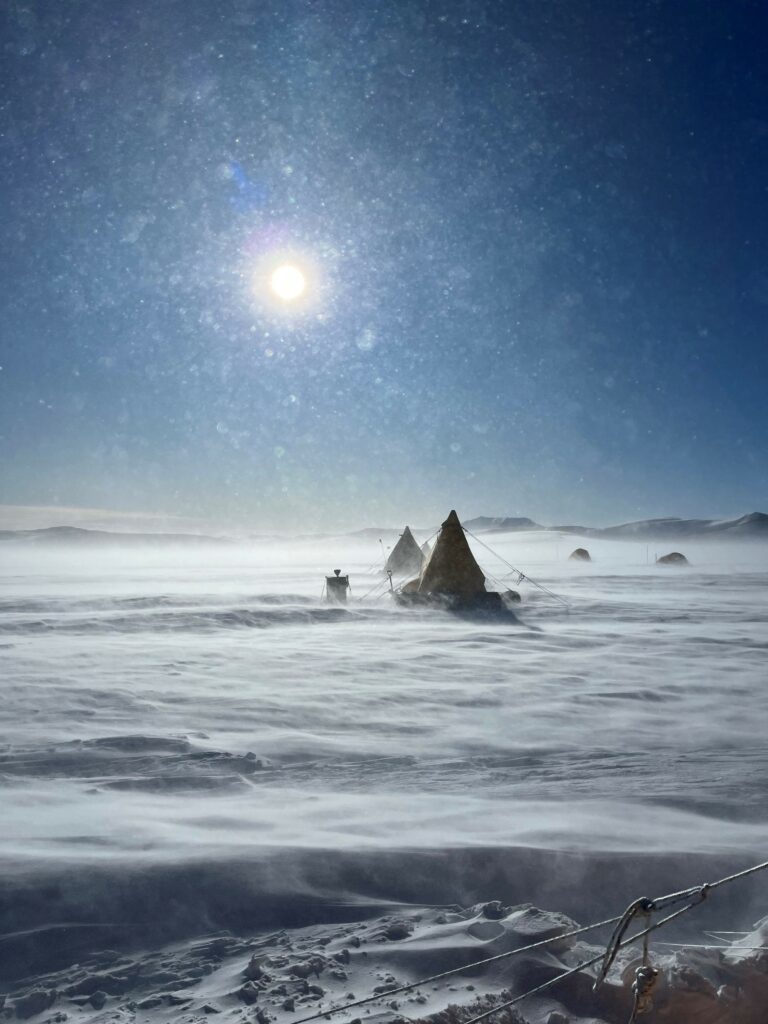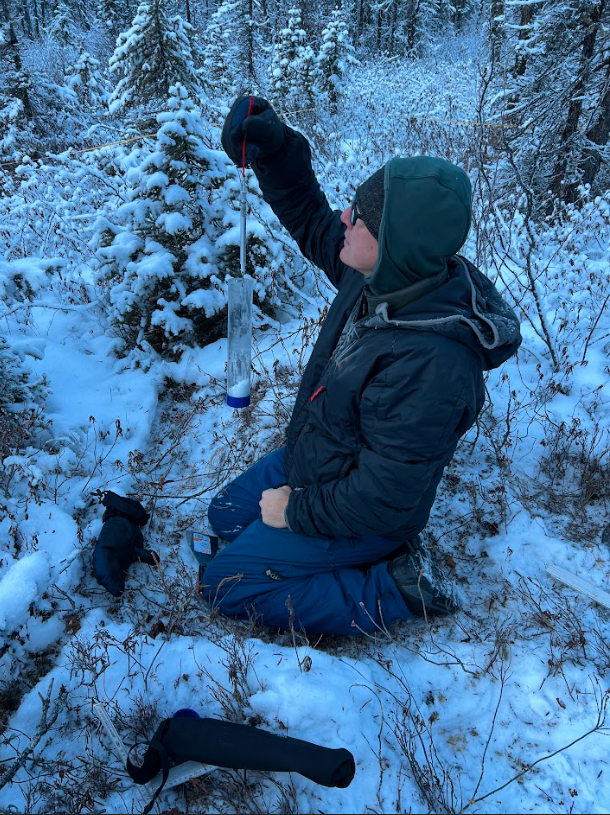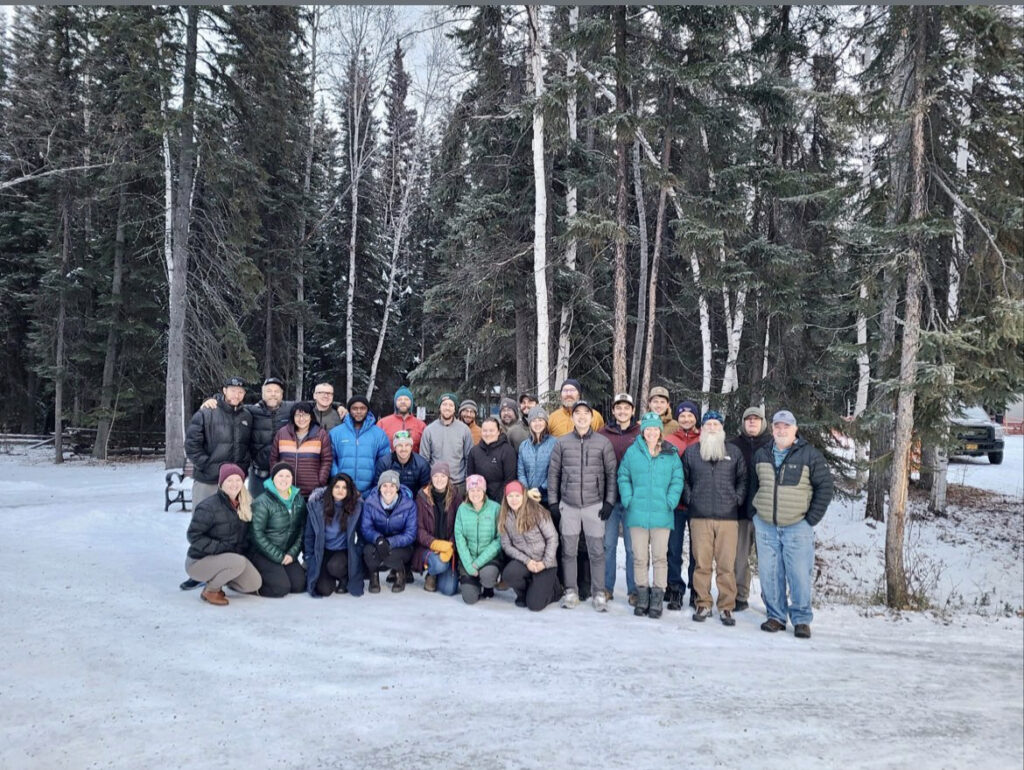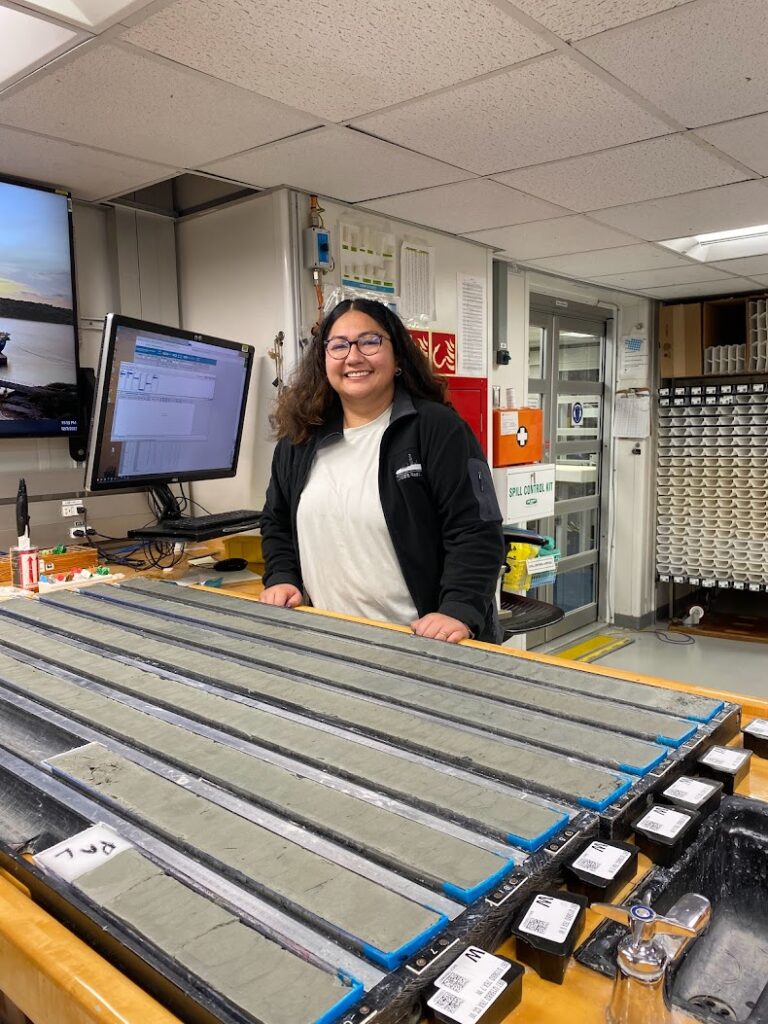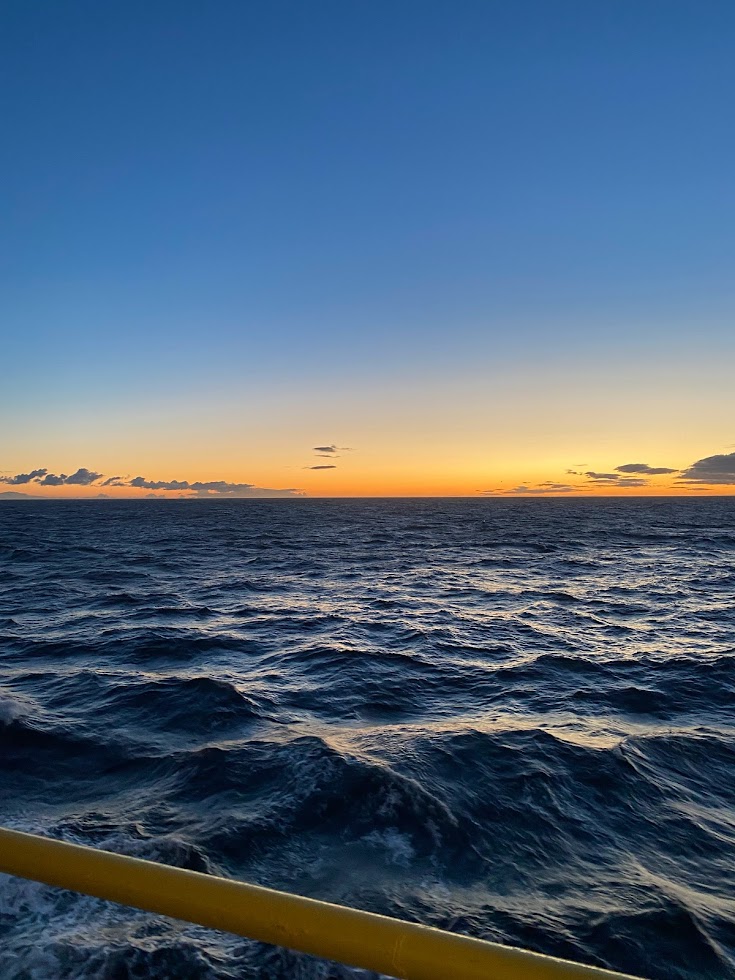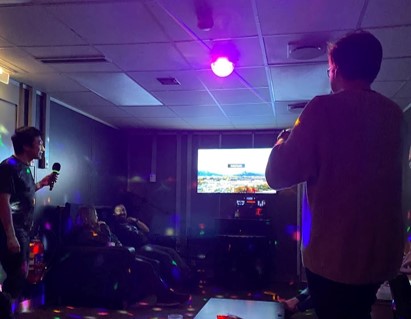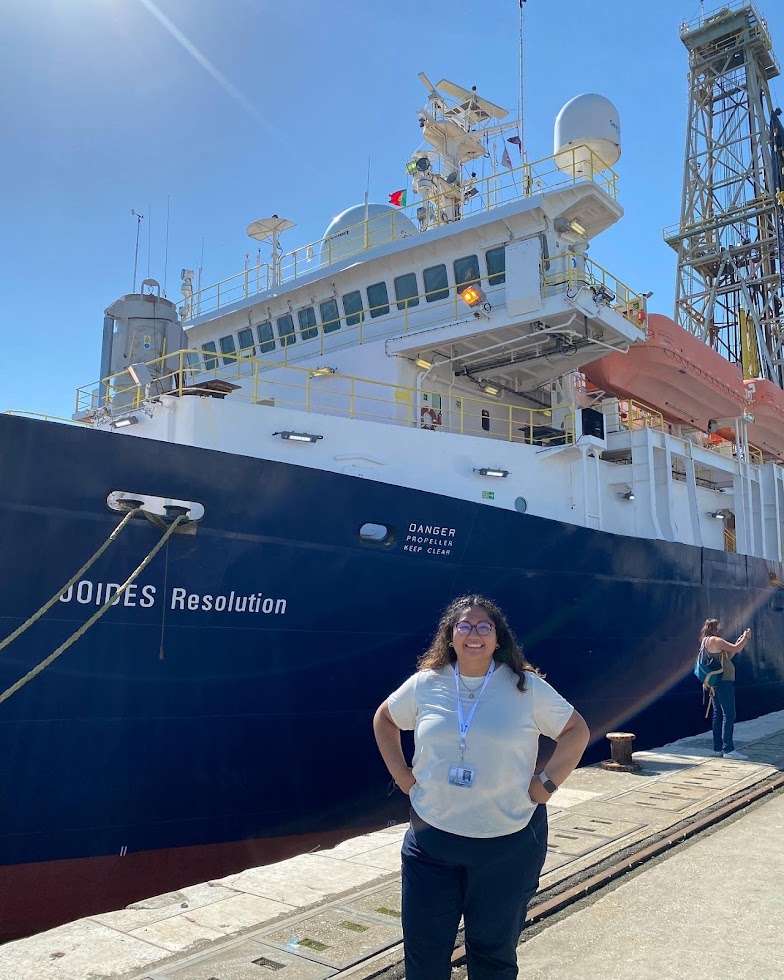Gabrielle LaRochelle, 2Lt, USAF | MS Student in Geography

Military Geography Origins
Remote sensing has its roots in military history, beginning with photos taken from hot air balloons and cameras strapped to pigeons as a means of reconnaissance during World War I. It wasn’t until 20 years after World War II that remote sensing technology was adapted to the commercial and academic applications we are familiar with today.
As seen in the news on current conflicts around the world, the use of aerial and satellite imagery is still indispensable for monitoring unfolding events from afar. And the technology and techniques have gotten a whole lot better.
The importance of remote sensing in data collection today is exemplified by the National Geospatial-Intelligence Agency (NGA). The NGA uses state-of-the-art technology and methods to deliver geospatial intelligence that provides a decisive advantage to policymakers, military service members, intelligence professionals, and first responders at home and abroad.
I only visited the NGA once for a military-academic conference, so I can’t say too much about it other than that the cafeteria is pretty good.

My Experiences So Far
However, I would like to share my experience at Los Alamos National Laboratory, where we studied the use of LiDAR as a new method for monitoring potential nuclear weapons testing. Through this story I hope to provide insight into one of the many applications of geography for national defense and highlight some of the differences I noticed on my journey between the military and civilian worlds.
Discovering Geography

I first discovered geography during an internship at NASA’s Johnson Space Center in Houston, Texas. I worked under the supervision of a retired Navy sailor who taught me about geographic information systems (GIS). She set me to work creating an interactive map for recovery from disasters, which in Houston typically means hurricanes. I gathered information on elevation, flooding, NASA employee zip codes, buildings in need of priority backup power, evacuation routes, etc. — all while working two floors above Mission Control! It was an intimidating project for my first foray into the world of geography, but it became incredibly gratifying when Hurricane Harvey later hit my hometown. The Federal Emergency Management Agency (FEMA), NASA, and other government agencies used my map to support operations during and after the storm. Having seen how beneficial the project was, I sought out the best undergraduate education in geospatial science and found myself at the United States Air Force Academy.
Military Geography
In the military, I gained access to information and opportunities not available to the academic or commercial sectors. Before I even commissioned as an officer, I spent a summer at Los Alamos National Laboratory in New Mexico where I learned about the history of Los Alamos, its projects, and the surrounding geography. If you watched the movie Oppenheimer you know that the town was created at the direction of Robert Oppenheimer for the atomic bomb project. Fun fact: many of those original buildings are still standing and can be visited on a guided tour.

However, the United States (US) banned its own nuclear weapons testing in 1992 to reduce the threat of nuclear war. The United Kingdom and Soviet Union had completed their last known tests a few years earlier and after the US signed on other nuclear capable countries followed suit. Today most of the world’s countries have agreed with and abide by the Comprehensive Nuclear-Test-Ban Treaty. So, what was I doing at Los Alamos? I was working to ensure that the moratorium on nuclear weapons testing continues to be upheld.

Before the complete ban there was a partial one, which prohibited all but underground testing. By nature, underground testing is hard to see and easier to hide if a nation wants to continue its own tests. The question my team sought to answer was simple: can we develop digital elevation models (DEMs) from remote sensing that are so accurate and precise that they can detect one-to-two-centimeter disturbances of Earth’s surface that have resulted from underground explosions? The team proved the concept with drone collected orthoimagery, but the process was tedious and long. My task was to streamline that workflow. I beta tested a software to correct the flight angles of drone-collected LiDAR data (think echolocation with lasers). From the corrected data we were able to create a DEM of comparable accuracy and precision 30 to 60 times faster than the orthoimagery workflow. Through conducting this research, I enabled my team to collect, analyze, and classify minute changes on Earth’s surface rapidly after an underground explosion, therefore advancing monitoring capabilities for nuclear weapons testing.
A tale of two perspectives

Interning at both NASA as a civilian and Los Alamos as a military member were incredibly enlightening experiences (although National Labs are not part of the Department of Defense). My worldview expanded significantly between accepting those internships, and I’ve seized many more opportunities to learn more and grow since then. For example, I competed for a graduate school slot straight out of undergrad instead of starting my assigned military job with the rest of my classmates. Actually – serendipitously – experiencing the monsoonal season (which I didn’t know existed in the US) in New Mexico planted the seed for my master’s thesis which explores associations among changing climate patterns, plant cover, and wildfire trends.
I urge everyone to go confidently in the direction of their dreams but stay open to a life they might never have imagined – you never know where the adventure might lead.
Gabrielle LaRochelle
The best thing about geography is the breadth of possibilities, which have been even further expanded through my military service. I’m not a recruiter and the decision I made to join the military was nuanced, like that of every other service member. Being at OSU has made me appreciate my military training, but it has also given me a valuable connection to the civilian and academic world that I didn’t realize I had been missing. I urge everyone to go confidently in the direction of their dreams but stay open to a life they might never have imagined – you never know where the adventure might lead.
All views expressed in this article are my own and not representative of the Air Force or DOD


















